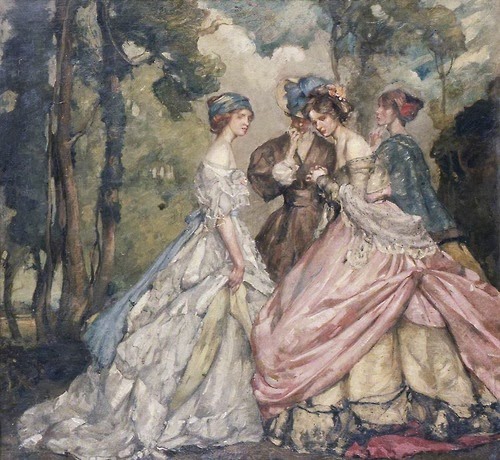Friday, January 31, 2014
Thursday, January 30, 2014
Wednesday, January 29, 2014
Statue of an iron Paul von Hindenburg in Berlin
1915
When the First World War began the countries waging war on eachother began to request war bonds from the public to make what was necessary for victory. Germany’s answer was to build gigantic statues of knights, Iron Crosses, fierce animals, and German war heroes. No other held so much status at the time as Paul von Hindenburg, a soldier since 1866 and a Field Marshall (later Chief of the General Staff) during the First World War.
Located opposite of the Reichstag the public would purchase nails, which cost between 5 and 50 pfennig (equivalent of pennies), which would be driven into the statue. These statues turned out to be a great success, both for the military and the civilians at home.
British artillery pounding the German trenches at the Somme. July 1916
By July of 1916 France was being bled dry by the German Army at Verdun and in order to take the pressure off the French Douglas Haig and Ferdinand Foch planned a joint effort of British (including colonial) and French forces to spread out the German lines across the front.
Their plan worked, at the cost of over half a million casualties and over 400-thousand more for the Germans.
Tuesday, January 28, 2014
Monday, January 27, 2014
Sunday, January 26, 2014
Saturday, January 25, 2014
Friday, January 24, 2014
Thursday, January 23, 2014
Wednesday, January 22, 2014
Tuesday, January 21, 2014
Monday, January 20, 2014
Sunday, January 19, 2014
Saturday, January 18, 2014
Subscribe to:
Posts (Atom)


.jpg)
































.jpg)













